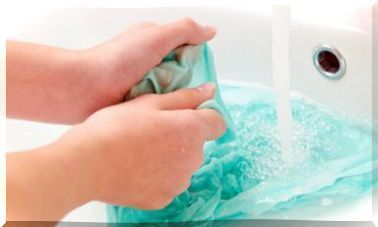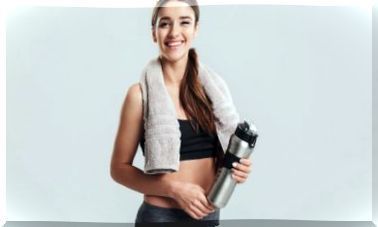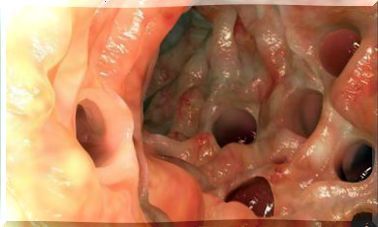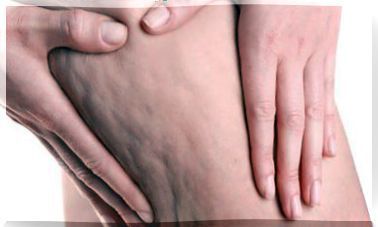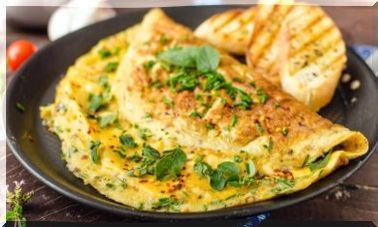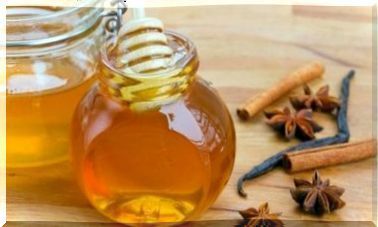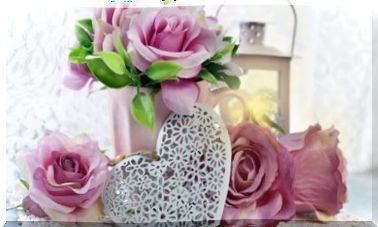Milk Baths: Benefits, Precautions, And Tips
Milk baths are used to hydrate the skin and address certain skin conditions as adjuvants. We show you other of its benefits, the preparation and the precautions you should take.
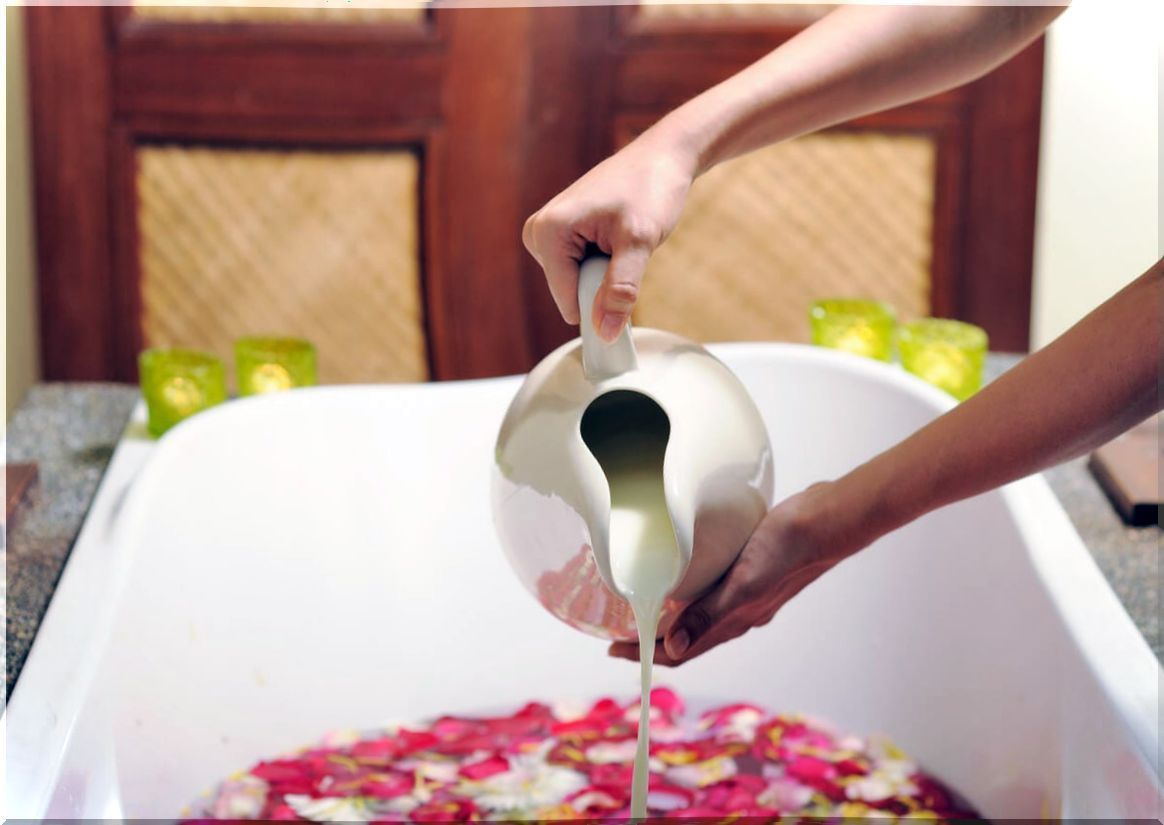
Milk baths were very common in ancient times. You may have even heard about the legend about Cleopatra, who supposedly used to bathe in donkey’s milk to keep her skin healthy and young.
Although they are not as popular today, they need to be considered when considering their benefits. Milk baths consist of adding liquid or powdered milk to warm bath water. They could help treat skin conditions, such as eczema and psoriasis.
Benefits of milk baths
Since studies on the effectiveness of milk baths are scarce, most of the benefits have been determined through anecdotal evidence, so it is recommended to consult a specialist before using them to alleviate symptoms of skin disorders.
1. Hydration and exfoliation
Milk is made up of proteins, vitamins and minerals that allow the skin to regain its moisture. Similarly, it has fats that, together with proteins, are able to soften and reduce irritation.
Another of the active compounds present in milk is lactic acid, known for its exfoliating effect. This could remove dead skin cells for a smoother feel.
For its part, an investigation published in Dermatologic Clinics and carried out in women of 65 years proposed that milk baths could also relieve itching or itching of the skin.
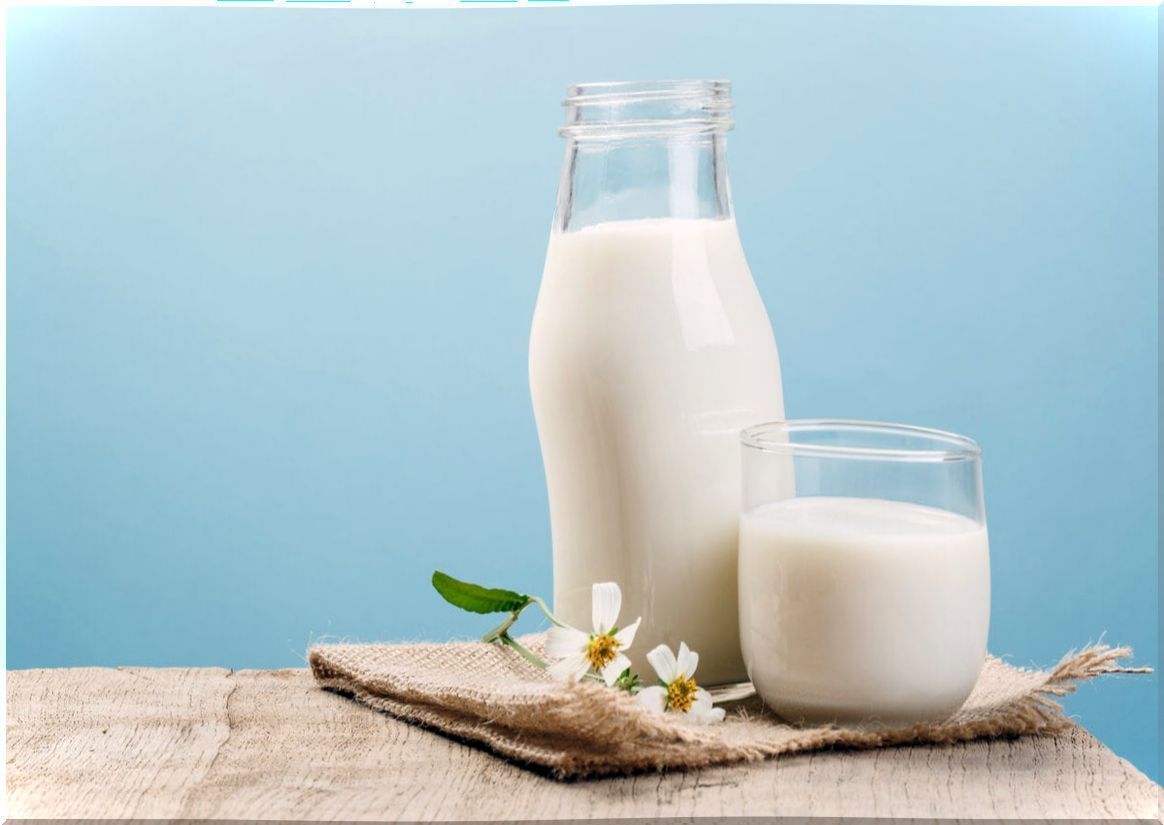
2. Help against psoriasis symptoms
Symptoms of psoriasis include itchy, scaly, and patchy skin. It is believed that taking a milk bath can alleviate them, however more research is still required, so the recommendation is to consult with a doctor before starting to do them.
3. Reduce the symptoms of poison ivy
Poison ivy secretes an oil called urushiol, which in most cases causes redness, itching, and inflammation. Although the skin rash is not spread from person to person, the oil is known to adhere to almost anything, be it clothing, shoes, garden equipment, or pet toys and coats.
Fortunately, there is anecdotal evidence that milk is able to relieve symptoms caused by poison ivy. However, scientific research is still limited, leading to precautions.
4. Other benefits of milk baths
Other benefits of taking a milk bath include the following:
- Relieve symptoms of eczema: Eczema is characterized by the appearance of rashes and irritation on the skin. A study published in the International Journal of Dermatology found that topical use of breast milk could reduce symptoms in babies like a hydrocortisone ointment would. However, more research is still required in adults.
- Soothe sunburned areas: milk is made up of proteins, fats, amino acids and vitamins A and D that are effective in treating sunburn. To obtain its benefits you have to opt for a milk bath for up to 20 minutes and then add aloe vera or another moisturizer.
Types of milk that can be used
Although there is no scientific evidence of which type of milk is most effective, you can experiment and choose the one that makes you feel better. These are the most used types for a bathroom:
- Cow.
- Of goat.
- Whey
- Coconut.
- Maternal
- Rice or soy milk.
- Of walnuts.
Now, since a bath that is entirely made of milk can be too expensive, it is recommended to dilute it in the warm water that has been prepared for the bathtub. Also, avoid using skim milk, as the fat composition of whole milk is better.
Tips and ways to prepare a milk bath
Milk baths are easy to prepare. Simply add the type of milk of your choice in the warm water. Of course, if you want to get bubbles, pour after filling the bathtub.
Milk and honey bath
Milk and honey baths are known for their moisturizing effect, capable of softening the skin. To prepare it, follow the instructions that we develop below.
Ingredients
- 1 or 2 cups of milk (preferably whole).
- 1/2 cup of honey.
- Warm water.
Instructions
- In a large jar, pour the milk and honey.
- Close the jar and shake it until the ingredients are mixed. If necessary, open to stir with a spoon until the honey dissolves and prevents it from concentrating on the bottom.
- Put the stopper on the bathtub and fill it with warm water. Keep in mind that using water that is too hot can destroy the properties of the ingredients.
- Pour the mixture under running water once the bathtub is full. Turn off the tap and move the water by hand so that it combines with the honey and milk.
- Finally, get in the bathtub for a maximum of 20 minutes. Remember that you should not use soap during, however, once the time has elapsed you should rinse.
Dried flower milk bath
Dried flowers, like milk, are the source of many beneficial properties. Find out how to prepare a bath with dried flowers.
Ingredients
- Whole milk powder.
- Dried flowers: lavender, rosemary, rose petals, lilies.
- Dried orange peels.
- Warm water.
Instructions
- Fill a glass jar with powdered milk.
- Add the orange peels and flowers of your choice. It will depend on them that the bathroom adopts a soothing effect and a perfumed smell.
- Close the jar and shake it until the ingredients have been mixed. The flowers and shells should be evenly distributed over the powdered milk.
- Put the stopper on the bathtub and fill it with warm water. Do not use water that is very hot or you will end up cooking the milk.
- Add 1/2 cup of the mixture to the bath and store the rest in a cool, dark place.
- Stir the water by hand until you get a uniform color. The flowers and shells will remain floating on the surface.
- Finally, soak in the bathtub for 20 minutes and do not use soap. After this time, empty the bathtub and proceed to rinse yourself.
Essential Oil Milk Bath
Essential oils can improve health in a number of ways. Follow the instructions to prepare a milk bath with oils and get all its benefits.
Ingredients
- Whole milk powder.
- Sodium bicarbonate.
- Sea or Epsom salt.
- Honey crystals or honey powder.
- Oatmeal powder.
- Dried flowers: lavender, lilies, chamomile, roses.
- Essential oil of your choice: geranium, mandarin, ylang ylang .
- Warm water.
Instructions
- Fill a glass jar with powdered milk.
- Add the honey crystals or powdered honey. This presentation is preferred over the liquid one, since it will be easier to mix with the milk and it will not be necessary to refrigerate.
- Add the powdered or ground oats. If you have the flakes, you can grind them using a blender or coffee grinder.
- Grind the flowers to a fine powder and add them to the jar.
- Add 10-20 drops of your favorite essential oil. If you are using multiple oils, mix them first in a separate container.
- Close the jar and shake it until the ingredients are combined.
- Put the stopper on the bathtub and fill it with warm water. Remember that it should not be very hot so as not to ruin the properties of some ingredients.
- Add a few tablespoons or 1/2 cup of the mixture under running water and store the leftover in a cool, dark place.
- Stir the water gently until it is uniform in color.
- Get in the bathtub for up to 20 minutes and don’t use soap. However, once this time has passed, proceed to drain the bathtub and rinse yourself.

Milk bath precautions
Despite being considered safe, not everyone can take a milk bath. If you meet any of the following cases, avoid preparing one:
- Sensitive skin.
- Allergic to milk.
- High fever.
- Pregnant or nursing.
Similarly, get out of the bathroom immediately if you feel weak, dizzy, or unwell. It is also not safe to consume milk from the bath, so try not to drink it.
What to remember about milk baths?
Milk baths are easy to prepare and provide interesting benefits. It is believed that they can hydrate the skin, serve as an exfoliant, and in turn, complement the treatment of psoriasis, eczema, and poison ivy symptoms. There is also evidence that they can relieve sunburn.
There are many types of milk that you can use for a bath, the most common being whole cow. On the other hand, you should always consult with your doctor before taking a bath of this style. Allergic people, pregnant and lactating people should avoid them.

